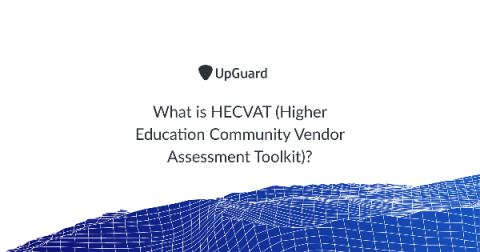How to Communicate Risk: Profiles, Dashboards and Responsibilities
The risk of a data breach with significant financial consequences and damage to brand equity is the fear of most large publicly traded companies. But many smaller businesses wrongly assume they are too small to be on the radar of the threat actors. The truth is that it is all about the data, and small businesses often have less well-guarded and well-defined structures for their data stores.






